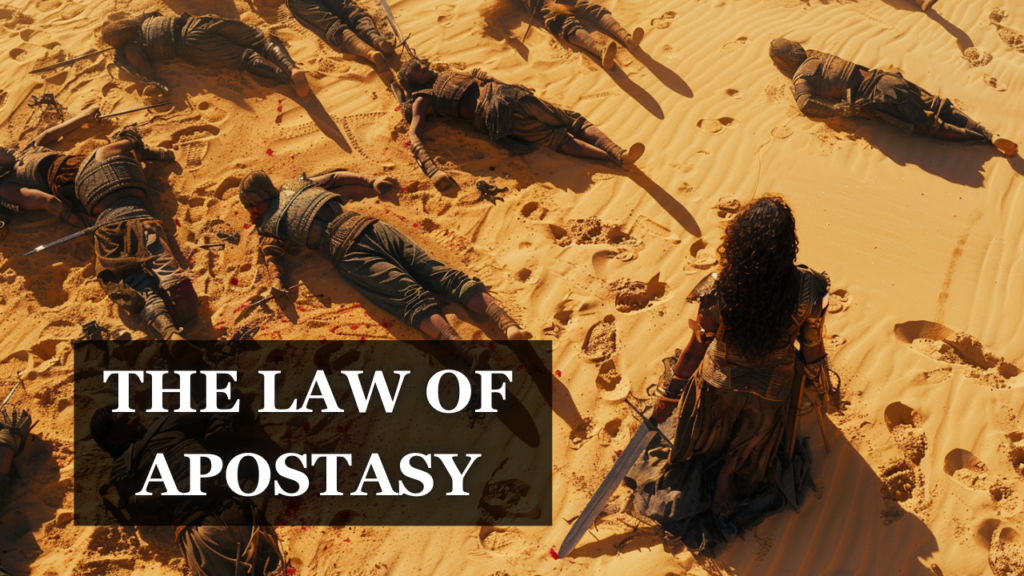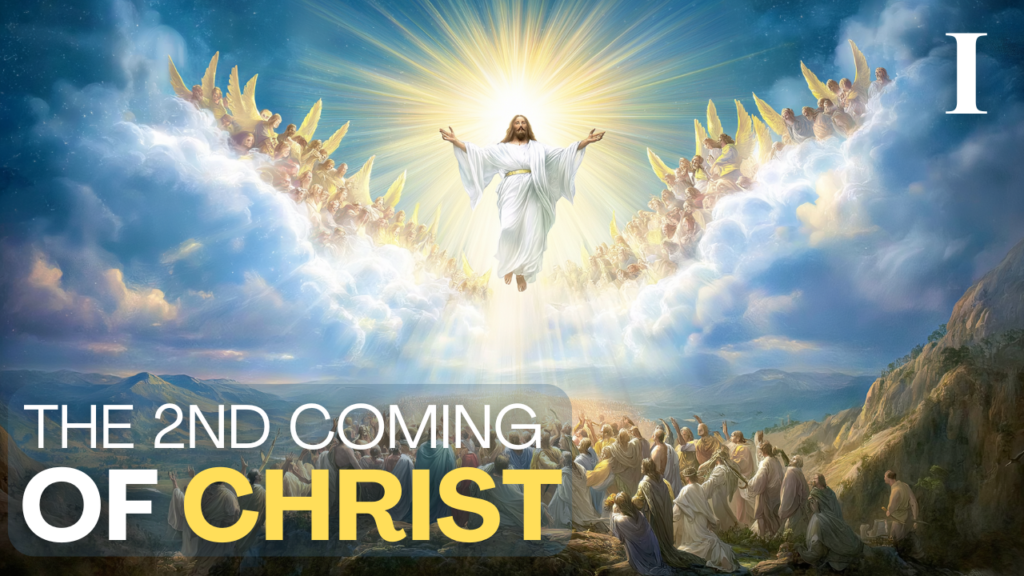The splitting of the moon (Surah Al-Qamar, 54:1) is widely regarded as a miracle performed by Prophet Muhammad. This article critically assesses the historicity of this narrative by examining the reliability of the hadith chains of transmission (isnads), historical context, and scientific plausibility. By analyzing weak chains, fabricated hadiths, and the absence of early corroborating sources like Ibn Ishaq’s Sirah, this study challenges the traditional interpretation of the moon-splitting event. Finally, it considers a modern reinterpretation of Surah 54:1, proposing that the verse could refer to the Apollo 11 mission rather than a miraculous event in the 7th century.
INTRO
The moon-splitting event, mentioned in Surah Al-Qamar (54:1), is one of the most striking supernatural claims within the Islamic tradition. The verse states: “The hour has come closer, and the moon has split,” which many Islamic scholars have historically interpreted as a miraculous sign performed by the Prophet Muhammad to prove his divine authority. This interpretation has been widely accepted and incorporated into the broader Islamic narrative, with numerous hadiths cited as evidence for its occurrence.
However, the transmission and authenticity of these hadiths are fraught with issues. This article seeks to deconstruct the traditional narrative of the moon split by analyzing the isnad of the relevant hadiths, historical sources, and scientific considerations. Moreover, it explores the potential implications of fabrications within hadith literature and offers a reinterpretation of Surah 54:1 that links it to the Apollo 11 mission. This study aims to critically examine how such fabrications can shape religious belief and historical memory.
Historical Context and Problems with the Isnad
Hadith transmission, the practice of passing down sayings and actions attributed to the Prophet Muhammad, plays a central role in Islamic scholarship. For centuries, Islamic jurists and scholars have relied on the authenticity of hadiths to derive Islamic law and validate theological beliefs. However, the moon-splitting event raises serious questions about the reliability of this process. A closer look at the isnads of the hadiths related to this event reveals significant problems, including fabrication, weak narrators, and dubious chains of transmission.
- Absence from Early Sirah Literature
Perhaps one of the most significant red flags regarding the moon-splitting narrative is its absence from early biographies of the Prophet, particularly Ibn Ishaq’s Sirah. Ibn Ishaq, who compiled his biography of the Prophet approximately 150 years after Muhammad’s death, meticulously collected stories and accounts of the Prophet’s life, yet makes no mention of the moon-splitting event. This omission is striking, as such a miraculous occurrence would undoubtedly have been included if it had been widely known or accepted at the time. The fact that later sources, particularly those compiled in the Abbasid period, emphasize the moon-splitting miracle suggests that this narrative may have been a later development, emerging as Islamic tradition became more formalized. This raises the possibility that the story of the moon splitting was fabricated or embellished over time, potentially to enhance the image of the Prophet in the face of Christian and Jewish miraculous traditions - Fabricated Isnads and Common Links (in-depth isnad review in video below)
Detailed isnad analysis shows that many of the narrations about the moon splitting can be traced back to Kufan transmitters like Al-Amash and Shuba, who are known for fabricating isnads. For instance, the hadith attributed to Ibn Masud, one of the key companions, is likely a Kufan creation, as Al-Amash is a common link in many of these narrations. Shuba, who received his narration from Al-Amash, appears to have created false isnads to Anas Ibn Malik, thereby expanding the circulation of this hadith and making it appear more credible than it is. (For more in-depth Hadith Analysis, watch the video linked at the bottom). Shuba, another Kufan transmitter, received these traditions from Al-Amash and is known for creating false isnads to companions such as Anas Ibn Malik. This practice of attributing the hadith to multiple companions gives the appearance of tawatur (mass transmission), a status that increases the credibility of the hadith in the eyes of later scholars. However, a critical analysis reveals that these multiple transmissions are not independent but are instead the result of deliberate efforts to bolster the authenticity of the narrative through fabricated isnads. - Chain Tampering and Tadlis (Concealment) (in-depth isnad review in video below)
Narrators such as Israel bin Yunus and Abdur-Razak were known for engaging in tadlis (concealment of defects in the isnad). They often presented weak or fabricated chains of transmission, making the hadith appear more reliable than it was. For example, Israel bin Yunus took a narration from Al-Amash and falsely created an isnad to Al-Aswad, adding another companion to the chain and increasing the hadith’s perceived authenticity. Abdur-Razak, a prominent figure in Yemen, was known for fabricating isnads to bolster his position as a transmitter. In the case of the moon-splitting hadith, he appears to have taken the metn (text) of the narration from Shuba and created his own isnads tracing back to multiple companions. This kind of fabrication was common in the early centuries of Islam, as transmitters sought to enhance their own reputations or support particular theological positions. - Fabrication of Eyewitness Accounts (in-depth isnad review in video below)
Despite the common belief that companions like Ibn Masud or Anas Ibn Malik witnessed the event firsthand, a deeper look into the isnads reveals that these were not direct testimonies. Instead, the hadiths rely on secondhand reports passed down through unreliable transmitters. For instance, the hadiths attributed to companions like Ibn Abbas and Jubayr show clear signs of tampering, as later narrators added these names to make the accounts seem more credible. The failure to produce reliable, contemporaneous documentation from these companions further weakens the case for this being a widely known and accepted event during the Prophet’s lifetime. For example, the hadith attributed to Ibn Masud comes through a series of transmitters, with no direct, contemporaneous text from Ibn Masud himself confirming that he witnessed the event. Without such direct testimony, the claim of eyewitnesses becomes highly questionable. This issue is compounded by the fact that no historical record outside of the Islamic tradition corroborates the event, further casting doubt on the reliability of these so-called testimonies. - Kufan Fabrication (in-depth isnad review in video below)
It is likely that the moon-splitting narrative began in Kufa, where scholars like Al-Amash and Shuba spread these fabricated isnads. The isnads were tailored to trace back to multiple companions, creating the illusion of tawatur (mass transmission), a status that would make the hadiths more difficult to dispute. However, the repetitive appearance of the same Kufan narrators as common links exposes the artificial construction of these traditions. The creation of these false chains suggests that the moon-splitting narrative was gradually inserted into Islamic tradition long after the Prophet’s time. This pattern of fabrication has significant implications for how Islamic history is understood. If major events like the moon splitting can be fabricated or embellished, what does this say about the reliability of other hadiths that form the basis of Islamic law and theology? The analysis of the isnads surrounding the moon-splitting hadiths suggests that the early Islamic tradition was not immune to the pressures of myth-making and political influence, which played a role in shaping the historical memory of the Prophet and his companions.
Scientific and Historical Plausibility
The idea of the moon splitting has been met with skepticism from both historians and scientists. Historically, if such an event had occurred, it would likely have been recorded by civilizations in the 7th century, such as the Eastern Roman Empire, the Sassanid Empire, or various kingdoms in Africa and India. However, no independent records from these regions mention such a miraculous event.
From a scientific perspective, astrophysicists like Dr. Jonathan McDowell have explained that the moon splitting would have catastrophic consequences for Earth, including tidal disruptions and lunar debris falling onto the planet. The absence of any such documented effects makes it improbable that the moon ever split as described in Islamic tradition.
Conclusion
The traditional narrative of the moon splitting, though deeply entrenched in Islamic tradition, faces substantial challenges when examined through the lens of historical and hadith scholarship. The analysis of the isnads reveals a pattern of weak chains, fabrications, and tampering that cast serious doubt on the authenticity of these reports. Additionally, the absence of corroborating historical records and the scientific implausibility of the event further weakens the case for its literal occurrence.
The True Meaning of 54 : 1-3
[54:1] The Hour has come closer, and the moon has split.
~Apollo 11 Lunar Module left the moon at exactly 17:54:01. The minute and second matches exactly with the verse 54:1 where it mentions the moon has split.
~The word ‘moon‘ is mentioned 21 times up until the prophecy verse (2:189, 6:77, 6:96, 7:54, 10:5, 12:4, 13:2, 14:33, 16:12, 21:33, 22:18, 25:61, 29:61, 31:29, 35:13, 36:39, 36:40, 39:5, 41:37,43:38, 54:1) & 7 times after (55:5, 71:16, 74:32, 75:8, 75:9, 84:18, 91:2). The Apollo 11 Lunar Module left the moon on 7/21, exactly 17:54:01 as NASA logs detail.
~The word ‘moon’ in total is mentioned 28 times in the Quran. The Apollo 11 Lunar Module left the moon 28 weeks into year 1969.
-There are 1,389 verses from 54:1 to the end of the Quran (114:6). 1,389 Lunar Hijri years is equivalant to 1969 Gregorian Solar years, the same year the The Apollo 11 Lunar Module left the moon
The Apollo 11 Lunar Module left the moon at 17:54:01, on 7/21, 28 weeks into the year, in 1969. All of this is derived from the Quran and backed by NASA. The moon splitting was the taking of 22 KGS (22 letters in 54:1) from the moon, and bringing it back to earth.
[54:2] Then they saw a miracle; but they turned away and said, “Old magic.”
When the Quran tells us that those who saw the miracle believe/claim it’s magic, in doesn’t necessarily mean it was literally magic. Take the example of the Quran itself. When the opponents of the Quran heard Muhammad recite it, they claimed it was magic. Admitting so in the literal sense would be an acknowledgment of something divine taking place; when in reality, the opponents of the prophet never believed he experienced in divine inspiration at all. When they said he was engaging in magic, they meant he was engaging in deception, trickery, an illusionist, etc. They didn’t believe Muhammad was receiving anything, they thought he was deceiving them all. Similarly, those who see the miracles laid out in this article in regards to 54:1 and the Apollo 11 mission (emphasized more in the video), and reject it claiming it’s forced, coincidental, trickery, etc. would be the equivalent of saying it’s “old magic” or “deception”.
[54:3] They disbelieved, followed their opinions, and adhered to their old traditions.
This verse makes it clear that there will be those who see this miracle, resort to conjecture, and follow old traditions (like Muhammad splitting the moon). Despite this tradition being thoroughly debunked, it won’t stop individuals from following the tradition of their forefathers:

